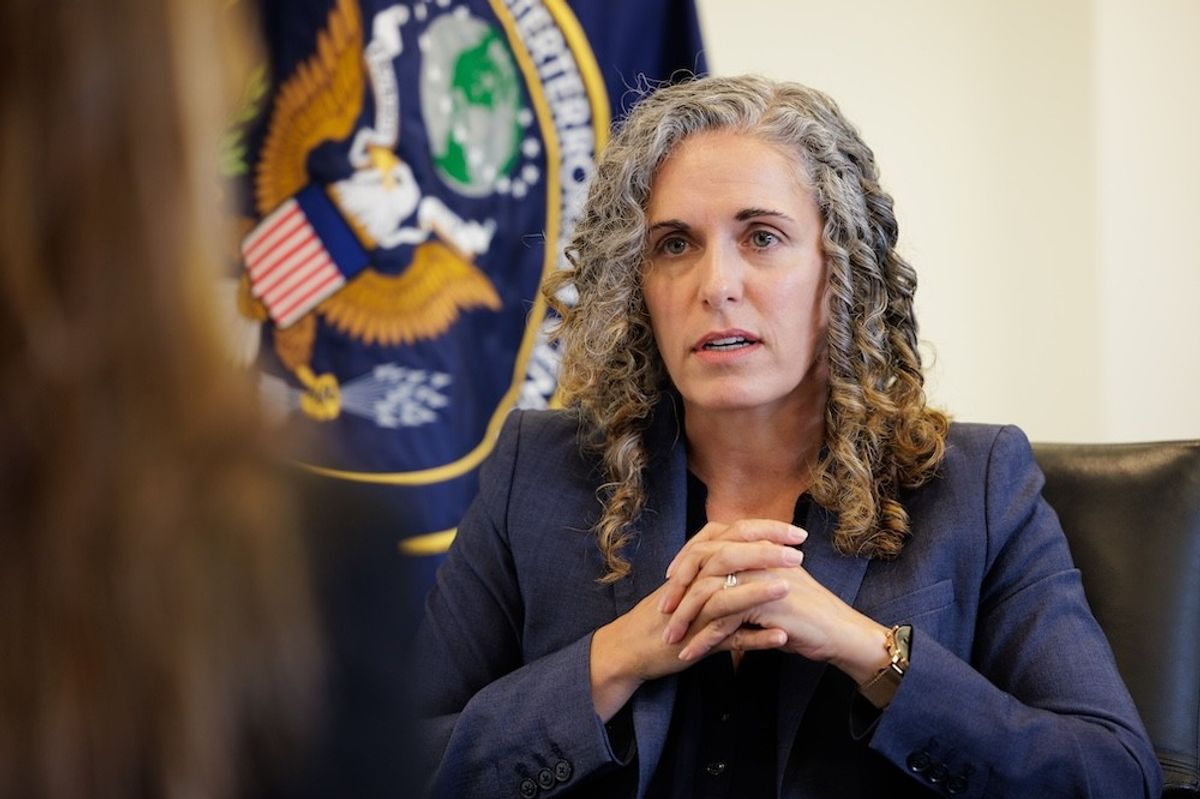One word sums up U.S.-Pakistan relationship: necessity. The United States and the world have seen the instability that resulted from non-engagement in the 1990’s: Afghanistan became a safe haven for terrorist groups from which to plan the attacks on 9/11 and Pakistan became a nuclear power in the region.
Pakistan is still not the most reliable partner. Over the course of the last nine years the United States has been increasingly successful by using candor, diplomacy, and financial incentives to convince Pakistan it is in its interests, as well as the regions , to focus on stability and economic growth.
Tough talk and especially the brutal killing of Pakistanis, seems to have convinced the Pakistan military that it must take seriously the threat posed by the Afghan Taliban, Lashkar-e-Taiba, and the Haqqani network against its own interests and question their value as proxies in the region. As Secretary of State Hillary Clinton said in 2011 “… you can't keep snakes in your backyard and expect them only to bite your neighbours.”Eventually those snakes are going to turn on whoever has them in the backyard," which happened in December 2014, when militants attacked the Peshawar military academy, gunning down 132 school children and nine adults. That moved the Pakistan military to take real action in the Federally Administered Tribal Areas (FATA) and to call on the Afghan Taliban to seek a negotiated settlement with the Afghan government.
In turn, the United States continues to support one of the largest assistance programs in the world. Since 2009 and the passing of the Kerry-Lugar-Berman Act, the United States has committed $5 billion in civilian assistance to Pakistan and over $1 billion in emergency humanitarian assistance, responding to disasters and conflict.
Programs to counter violent extremism, train police, and improve the rule of law are at the center of U.S.-Pakistan cooperation in counterterrorism. Since 2001, the U.S. has trained over 17thousand provincial and federal law enforcement personnel. Innovative programs stemming from U.S. partnerships with Pakistani civil society groups focus on vulnerable populations, with interfaith dialogues, civil education, madrassa training, and documentaries that counter extremist narratives. Training of journalists to reduce sensationalism and acceptance of conspiracy theories will improve the type of analytical reporting required for a thriving democracy.
Under U.S. and international pressure, Pakistan is more proactively engaged on non-proliferation, hosting IAEA training and participating in Nuclear Security Summits. But instability and the lack of economic resources are still a concern for the security of the nuclear arsenal.
No amount of U.S. or international assistance will be effective without Pakistan committing more fully to promised reforms, particularly in the energy sector, taxation, and education systems, as well as the full inclusion of women in political and economic life. In the report of worldwide governance indicators compiled by the World Bank, Pakistan shows only a slight improvement in stability and the absence of violence, as well as the rule of law and control of corruption. Still, Transparency International ranks Pakistan 117 out of 168 countries and the Fund for Peace (FFP) ranks it the 13th most fragile state- only slightly more stabile than Afghanistan and Syria in the 2015 index.
The FFP sites high demographic pressure and group grievances as problems, which will continue to grow unless Pakistan enforces its laws, particularly on taxation and in the energy sector. In 2015, the Center for Investigative Reporting in Pakistan reported that 47 percent of the national legislature did not pay tax, with 12 percent not even filing. Of 1,070 members, only 680 declared annual income, with 25 percent of them inconsistent with official documents. If the government itself does not pay tax, then how can it expect average citizens to do so?
According to Sri Mulyani Indrawati, Managing Director of the World Bank, as a result of population growth, 1.5 million Pakistani youth reach employment age each year. Without jobs, instability will increase and growth will slow. Only 25 percent of women participate in the labor force, compared to roughly 50 to 80 percent in most developed countries.
To improve its growth, Pakistan must become more fully engaged with the region and use its neighborhood not as an excuse for proxies, but as an engine for growth. Improved relations with China, India, Afghanistan, and Central Asia would improve its access to much needed energy and trade. China’s growth has tripled over the last 20 years while Pakistan’s share of world markets has steadily declined due to the lack of stability, regulatory consistencyand transparency, and market access.
Improved energy infrastructure will facilitate this growth. While the U.S. helped Pakistan add 1750 megawatts to the electricity grid, benefitting 19 million Pakistanis, the U.S.-Pakistani Clean Energy Partnership, launched in October 2015, is set to add an additional 3000 megawatts by 2020 through public-private investment in wind, solar, biomass, hydroelectric, and natural gas. However Pakistan must stop the counterproductive siphoning of electricity from the grid. Substantial progress on cooperation with Afghanistan, Kyrgyzstan and Tajikistan on the CASA-1000 electricity project would not only increase electricity but improve regional ties. The groundbreaking ceremony of the TAPI (Turkmenistan, Afghanistan, Pakistan and India) gas pipeline project could facilitate regional integration and cooperation, building trust as well as supplying much needed energy.
More needs to be done in the diplomatic sphere. What was noticeably missing from this month’s U.S.-Pakistan Strategic Dialogue Joint Statement was a commitment to meaningful dialogue to find peaceful solutions to issues like Kashmir. An “emphasis” on dialogue is not enough. Public pressure by the U.S. is seen as counter-productive politically by both sides. While the U.S. must continue to privately point out the benefits of lower tensions and improved economic ties, it is up to both countries political elites to lower the rhetoric enough to begin to identify confidence building measures that could lead to improvement in relations.. That would benefit Pakistan, India, and the region.













